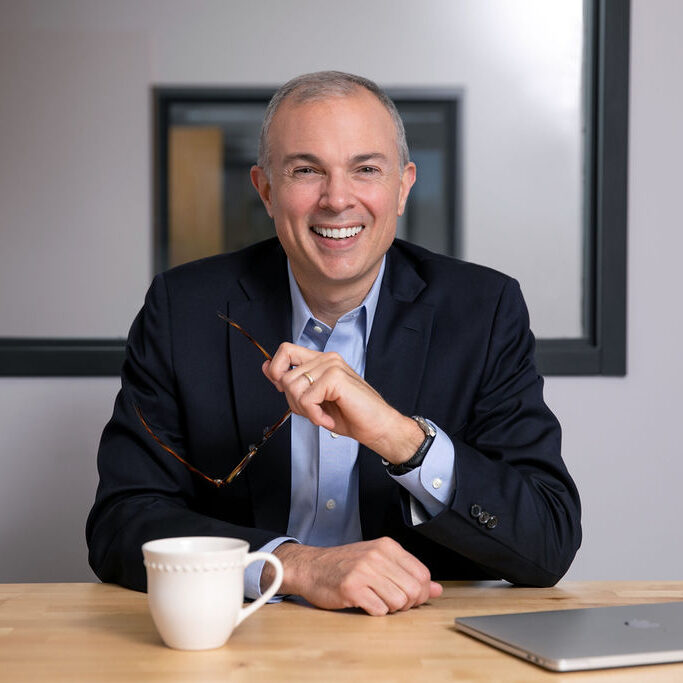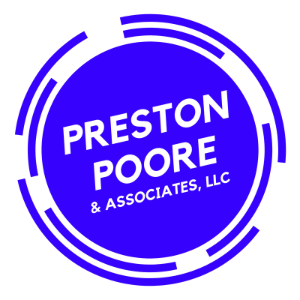Many Eyes See More Than One: Seven Steps to Create a Personal Advisory Board
Printer-Friendly Version
Last year, I was preparing to launch my new book, Discipled Leader, and build my leadership development platform. While it was an exciting time and a dream coming true, I felt overwhelmed and lacked direction. I was in unfamiliar territory. It was my first rodeo. I’d never published a book before, let alone start a business. It seemed to be a daunting task.
Poet John Donne wrote that “no man is an island.” Meaning I couldn’t accomplish something extraordinary on my own. Success would require the help of others. I knew that I’d only reach my potential with wise counsel and support. And if I reached my potential, others could reach theirs as well.
“No man is an island”
John Donne
That’s when I got the idea to develop a Personal Advisory Board (PAB). I discovered the concept in the Wall Street Journal about how successful business executives surround themselves with trusted advisors to help the business executive develop and accomplish their goals.
The Latin phrase is correct, vident oculi quam oculus – many eyes see more than one. I set out to create an inner circle that would assist in navigating unchartered waters and help me reach my potential. But I wasn’t looking for “yes” people, those only patting me on the back and telling me what I wanted to hear. I sought guidance, not validation. I wanted to surround myself with people who would push me, ask probing questions, give feedback even if it’s hard to hear, provide creative input, offer a business perspective, and signal watchouts. I needed folks who could help me solve challenging problems and make complex decisions. Lastly, I desired individuals that had experience with my chosen path; they’d gone before me. I wanted them to share their successes, failures, and learnings. Ultimately, tap into their wisdom.
There’s one other reason I wanted to develop a PAB. I crave positive affirmation. But when I receive it, I can easily get big-headed and begin to think I’m all that. Pride creeps in, I get puffed up, and I tend to take credit for things that go well or blame others when they don’t. I know my weakness, and I can become arrogant without an external party pointing it out to me. My egotistical and self-absorption bent made personal and professional accountability a must. I had to stay grounded and remain humble.
So, I began recruiting PAB members. In the initial communication, I shared with them why I was starting a PAB, what I was trying to accomplish, and then invited them to participate in something bigger than themselves. If they’d joined me on the journey, they’d be able to shape the outcome.
I recruited six original members that agreed to serve for 12 months, two women and four men, including a former NFL player and corporate executive, a head pastor, an internationally renowned composer, a healthcare consultant and seminary student, and two best-selling authors that own speaking/training small businesses.
I began monthly, ten-minute, one-on-one meetings with the PAB members. Our initial meetings were clunky, but we slowly got the hang of it. Before the sessions, I sent an executive summary, including activity updates and areas where I needed feedback.
They’ve helped me make many sound decisions, provided creative input, offered penetrating feedback, and encouraged me when I was down. I couldn’t have done it without them. Ultimately, my book launch was successful, and my platform continues to evolve.
The other good news is that each PAB member renewed for another 12 months. We’ve even added another member, a former beverage industry executive, and leadership coach.
So, do you want to start a PAB? Here’s what I recommend…
- Define your why. What are your business or initiative’s purpose, contribution, and impact? I recommend using the following Why Statement: To (contribution), so that (impact). For example, “To engage and inspire people, so that people are motivated to do something creative every day.” Writing a Why Statement will help you distill your thoughts and articulate them to others.
- Design your ideal board member profile. Imagine what your perfect board member would bring to the table. What complementary characteristics, skills, or experiences will an individual contribute to your journey? Do they have a thinking style different than yours (e.g., strategic, creative, analytical, critical)? Do you trust and respect the individual? Will the potential board member openly share feedback, ask hard questions, encourage you, give advice, pray with you, support your effort? Is the person influential and well-connected? Do you share similar values and faith? What will you have gained from and given to the participant a year from now? Answering these questions will help you think through the ideal board member.
- Identify candidates and recruit. Based on your ideal board member profile, begin thinking about your circle of influence and connections. Look across your friends, colleagues, mentors, and broader network for potential candidates. I identified a list of people I believed would want to partner with me for my initial PAB. Then, I sent an invitation email to the candidates with my Why Statement, what I hoped to accomplish, why I identified them as potential candidates, and how they’d make a difference. I invited them into something bigger than themselves. If the individual was interested and wanted to learn more, I’d set up a follow-up Zoom call to share more details.
- Manage time expectations. How you view time is a mindset. Are you asking the advisors to spend time with you or invest time with you? If you invest in something, you’ll experience a return, directly or indirectly. If you approach the requested time as an investment, people will be more open to supporting you. And be upfront about the time investment you’re requesting. I asked folks for a 12-month commitment. It takes time to develop an effective process and productive sessions. I found that almost everyone is willing to invest a 10-minute, one-on-one, monthly appointment to help. Lastly, I highly recommend that you honor the time commitment. Be concise and be done. Do your best to stay within the scheduled time allotment. If you are in deep conversation, ask permission to extend the appointment or schedule additional time. Time is the most precious resource we have. Respect others’ time, and they will appreciate it.
- Send a pre-meeting executive summary. Before every round of PAB meetings, I send an executive summary of what I’ve accomplished since the last meeting, plans, feedback requested, decisions I’m considering, or problems I’m trying to solve. I’ve found that the executive summaries prime the discussion pump and give the members something to respond to. I advise the PAB members that I’ll reach out individually to set up the next one-on-ones. Then, I move to text and converse with the PAB members to schedule time.
- Conducting the session. This is the fun and value-creating time. I always ask if the PAB member received the executive summary and if they have any specific questions. This is where the conversation can go in many different directions. Caution! Sometimes a PAB member doesn’t have immediate questions or feedback. If this is the case, I’m prepared to give a brief update or ask a question related to PAB members’ skills, experience, or interests. Be sure to summarize the key takeaway to the advisor and discuss potential next steps. I always recap the key takeaway during the next session and provide a progress update. Listening and acting will demonstrate to the PAB member that you value their insight. Lastly, always ask how you can help the PAB member. You want to create a reciprocal, mutually beneficial relationship. Not only receive value but return value.
- Rinse, refine, repeat, recruit. Like I said earlier, the process may feel a little clunky as you start out. Evaluated experience is the best teacher. Reflect on each round of one-on-ones. What worked, didn’t work, and what can you improve? Apply your learnings to refine the overall process and PAB member experience. Lastly, keep scanning your network for potential PAB members and cultivating relationships. Anticipate that people will eventually rotate off your PAB, and you’ll want to have a pipeline of people to fill open slots.
One of the best things I’ve done is create a PAB. The members shaped my mission, influenced my thinking, and molded my approach. They’ve helped me navigate unchartered territory, solve perplexing problems, and make sound decisions. Even better, they feel they’re engaged in something bigger than themselves, something extraordinary.
I agree with John Donne; we aren’t islands. We can’t do it alone. We need others on this journey we call life. How about you? Do you have a dream, vision, idea, or a burning passion, but you’re unsure where to start? Surround yourself with a PAB, meet your goals, and watch your dreams come true.
Want to learn more about becoming a leader others will gladly follow? Visit my website, prestonpoore.com, today!
Cheers,
Preston

Preston Poore
I help leaders lead—without the buzzwords or boring theories. After years in the Fortune 500 world, I’ve seen it all—bad bosses, great teams, and more leadership fails than I can count. Now, I share real stories, practical tips, and the occasional hard-earned lesson to help you lead with confidence. Let’s figure this out together.
Discover Your Life Purpose
Do you wake up each day dreading the idea of spending another day at work? If you’ve failed to discover and build your life around your life purpose, you might feel dissatisfied with your life. Flip the script! Get this special eBook, discover your purpose, and begin living a more fulfilling life today!


